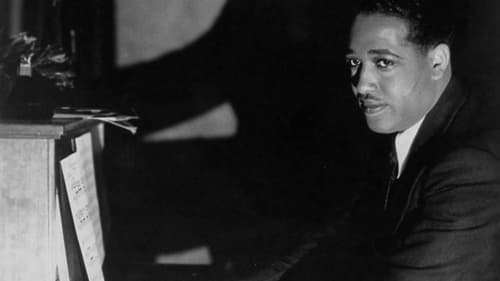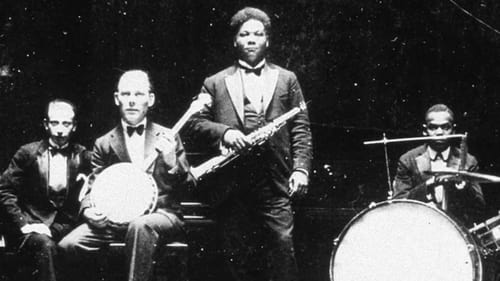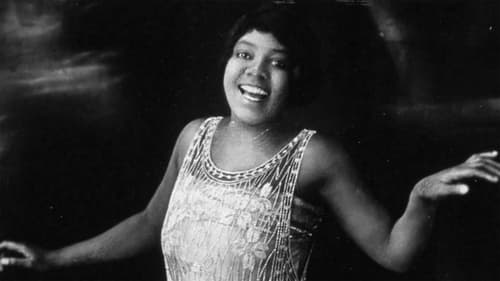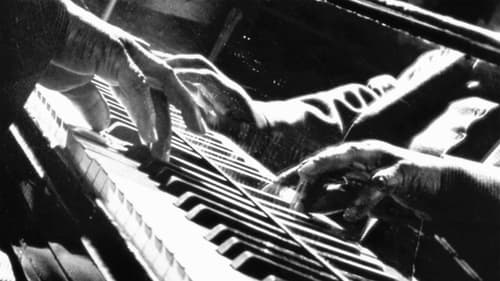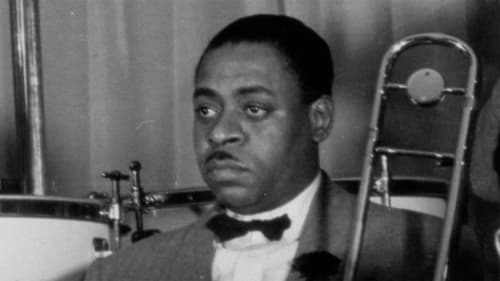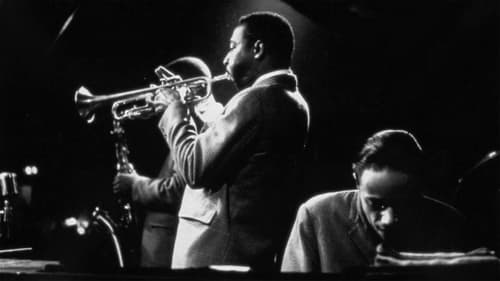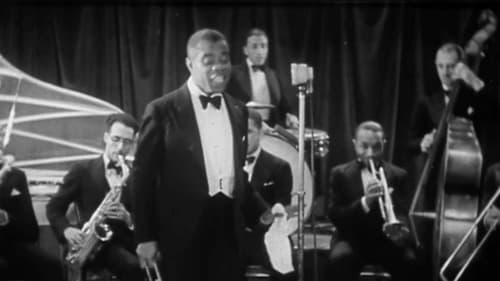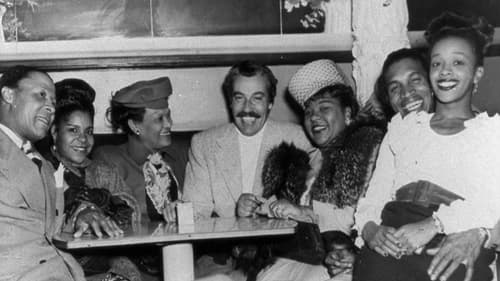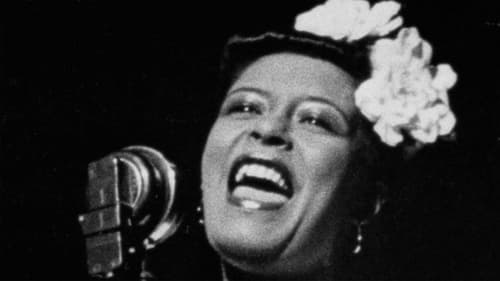 8.0/10(2 votes)
8.0/10(2 votes)#1 - A Nation of Drunkards
S1:E1Director:Ken BurnsWriter:Geoffrey C. Ward0 CommentsBe first to comment!Be the first to share your thoughts
Start!Be the first to comment!Be the first to share your thoughts about this episode
Director:Ken BurnsWriter:Geoffrey C. Ward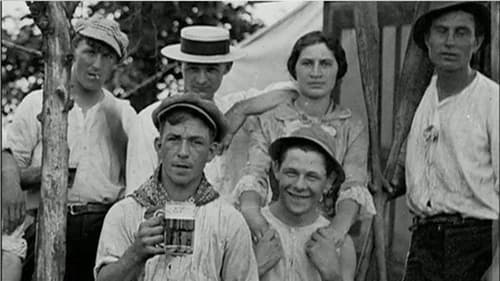 8.0/10(2 votes)
8.0/10(2 votes)#2 - A Nation of Scofflaws
S1:E2Director:Ken BurnsWriter:Geoffrey C. Ward0 CommentsBe first to comment!Be the first to share your thoughts
Start!Be the first to comment!Be the first to share your thoughts about this episode
Director:Ken BurnsWriter:Geoffrey C. Ward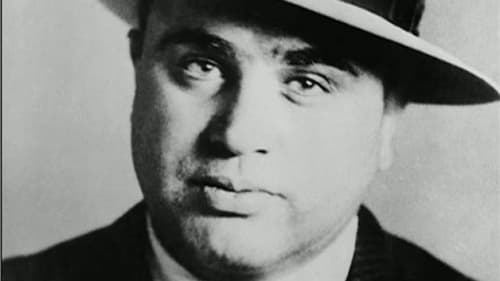 8.0/10(2 votes)
8.0/10(2 votes)#3 - A Nation of Hypocrites
S1:E3Director:Ken BurnsWriter:Geoffrey C. Ward0 CommentsBe first to comment!Be the first to share your thoughts
Start!Be the first to comment!Be the first to share your thoughts about this episode
Director:Ken BurnsWriter:Geoffrey C. Ward 7.8/10(21 votes)
7.8/10(21 votes)#4 - Déjà Vu (1858-1961)
S1:E1Director:Ken BurnsWriter:Geoffrey C. Ward0 CommentsBe first to comment!Be the first to share your thoughts
Start!Be the first to comment!Be the first to share your thoughts about this episode
Director:Ken BurnsWriter:Geoffrey C. Ward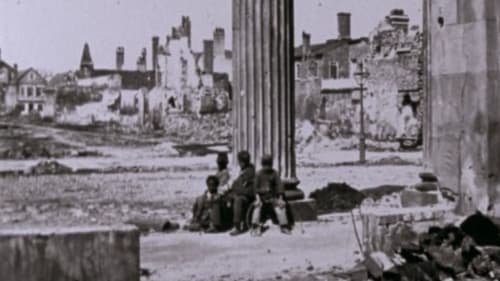 6.7/10(11 votes)
6.7/10(11 votes)#6 - War is All Hell: 1865
S1:E8Director:Ken BurnsWriter:Geoffrey C. Ward0 CommentsBe first to comment!Be the first to share your thoughts
Start!Be the first to comment!Be the first to share your thoughts about this episode
Director:Ken BurnsWriter:Geoffrey C. Ward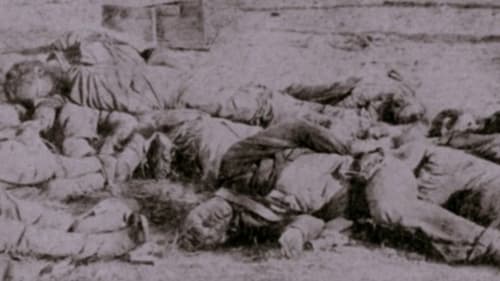 6.5/10(12 votes)
6.5/10(12 votes)#8 - Forever Free: 1862
S1:E3Director:Ken BurnsWriter:Geoffrey C. Ward0 CommentsBe first to comment!Be the first to share your thoughts
Start!Be the first to comment!Be the first to share your thoughts about this episode
Director:Ken BurnsWriter:Geoffrey C. Ward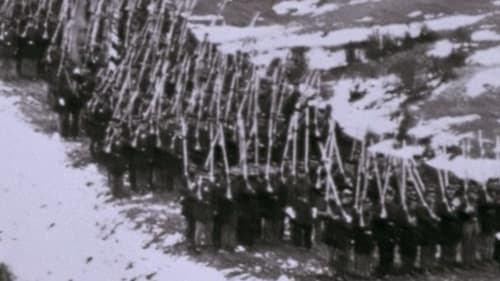 6.5/10(11 votes)
6.5/10(11 votes)#9 - Simply Murder: 1863
S1:E4Director:Ken BurnsWriter:Geoffrey C. Ward0 CommentsBe first to comment!Be the first to share your thoughts
Start!Be the first to comment!Be the first to share your thoughts about this episode
Director:Ken BurnsWriter:Geoffrey C. Ward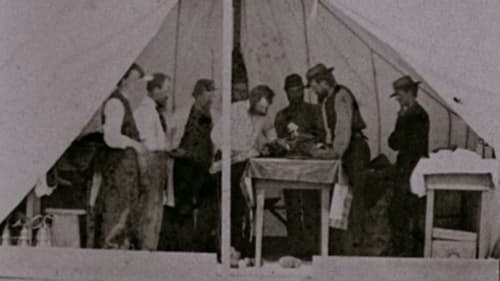 6.5/10(11 votes)
6.5/10(11 votes)#10 - The Universe of Battle: 1863
S1:E5Director:Ken BurnsWriter:Geoffrey C. Ward0 CommentsBe first to comment!Be the first to share your thoughts
Start!Be the first to comment!Be the first to share your thoughts about this episode
Director:Ken BurnsWriter:Geoffrey C. Ward 6.5/10(11 votes)
6.5/10(11 votes)#11 - Valley of the Shadow of Death: 1864
S1:E6Director:Ken BurnsWriter:Geoffrey C. Ward0 CommentsBe first to comment!Be the first to share your thoughts
Start!Be the first to comment!Be the first to share your thoughts about this episode
Director:Ken BurnsWriter:Geoffrey C. Ward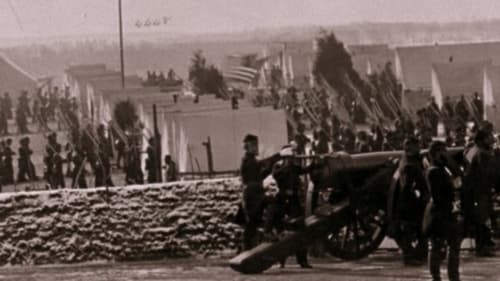 6.5/10(11 votes)
6.5/10(11 votes)#12 - Most Hallowed Ground: 1864
S1:E7Director:Ken BurnsWriter:Geoffrey C. Ward0 CommentsBe first to comment!Be the first to share your thoughts
Start!Be the first to comment!Be the first to share your thoughts about this episode
Director:Ken BurnsWriter:Geoffrey C. Ward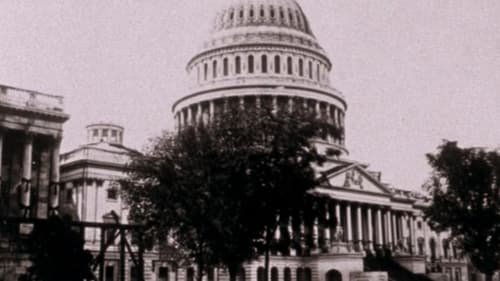 6.5/10(11 votes)
6.5/10(11 votes)#13 - The Better Angels of Our Nature: 1865
S1:E9Director:Ken BurnsWriter:Geoffrey C. Ward0 CommentsBe first to comment!Be the first to share your thoughts
Start!Be the first to comment!Be the first to share your thoughts about this episode
Director:Ken BurnsWriter:Geoffrey C. Ward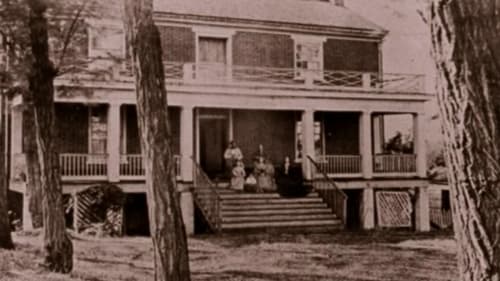 6.2/10(14 votes)
6.2/10(14 votes)#21 - The Cause: 1861
S1:E1Director:Ken BurnsWriter:Geoffrey C. Ward0 CommentsBe first to comment!Be the first to share your thoughts
Start!Be the first to comment!Be the first to share your thoughts about this episode
Director:Ken BurnsWriter:Geoffrey C. Ward 5.9/10(13 votes)
5.9/10(13 votes)#23 - A Very Bloody Affair: 1862
S1:E2Director:Ken BurnsWriter:Geoffrey C. Ward0 CommentsBe first to comment!Be the first to share your thoughts
Start!Be the first to comment!Be the first to share your thoughts about this episode
Director:Ken BurnsWriter:Geoffrey C. Ward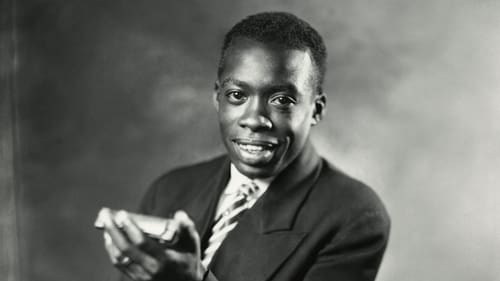 5.0/10(5 votes)
5.0/10(5 votes)#24 - The Rub (Beginnings -1933)
S1:E1Director:Ken BurnsWriter:Dayton Duncan0 CommentsBe first to comment!Be the first to share your thoughts
Start!Be the first to comment!Be the first to share your thoughts about this episode
Director:Ken BurnsWriter:Dayton Duncan
The Best Episodes Directed By Ken Burns
Every TV Episode Directed by Ken Burns Ranked from Best to Worst by Thousands of Voters
Ken Burns Ratings Summary
"A Nation of Drunkards" is the best rated episode directed by Ken Burns. It scored 8/10 based on 2 votes. It was written by Geoffrey C. Ward. It aired on 10/2/2011 and is rated 0.0 points higher than their second-best episode, "A Nation of Scofflaws".
